Web design is an intricate dance between creativity and functionality, and full stack web design takes this synergy to the next level. In this guide, we’ll delve into the fundamentals of full stack web design, demystifying the concept and providing insights into what it takes to master the basics.
What is Full Stack Web Design?
Full stack web design refers to the process of designing and developing both the client-side (front end) and server-side (back end) of a website. A full stack web designer possesses a diverse skill set, encompassing not only the visual elements that users interact with but also the underlying structures, databases, and server configurations.
Components of Full Stack Web Design:
Front-End Development:
- Involves creating the user interface and user experience (UI/UX) that visitors interact with. This includes HTML, CSS, and JavaScript for building responsive and visually appealing websites.
Back-End Development:
- Focuses on server-side scripting, databases, and server configurations. Common back-end languages include PHP, Ruby, Python, and Node.js.
Database Management:
- Full stack designers work with databases to store, retrieve, and manipulate data. Popular databases include MySQL, MongoDB, and PostgreSQL.
Server Management:
- Involves configuring servers to ensure smooth communication between the front end and back end. Knowledge of server environments like Apache or Nginx is essential.
Version Control/Git:
- Full stack designers use version control systems like Git to track changes in code, collaborate with others, and manage project history.
Web Architecture and APIs:
- Understanding how different components of a web application interact and communicate is crucial. Application Programming Interfaces (APIs) facilitate this communication.
Mastering the Basics
1. HTML, CSS, and JavaScript:
- Master the building blocks of front-end development. Understand how to structure content (HTML), style it (CSS), and add interactivity (JavaScript).
2. Responsive Design:
- Learn to create websites that adapt seamlessly to different screen sizes and devices. Utilize frameworks like Bootstrap or Flexbox for efficient responsiveness.
3. Back-End Programming Languages:
- Choose a back-end language based on your project requirements and personal preferences. Familiarize yourself with the syntax, libraries, and frameworks associated with that language.
4. Database Management:
- Understand the basics of database design, querying, and management. Grasp the differences between relational and non-relational databases.
5. Server-Side Development:
- Gain expertise in server-side scripting and server configurations. Know how to handle server requests, responses, and security.
6. Version Control:
- Learn Git commands and workflows. This skill is essential for collaborative projects and managing codebase changes over time.
7. Web Security:
- Understand common security vulnerabilities and implement best practices to secure both the front-end and back-end of your web applications.
Why Full Stack?
Versatility:
- Full stack designers can seamlessly transition between front-end and back-end tasks, making them versatile assets in web development projects.
Holistic Understanding:
- Having a holistic understanding of the entire web development process enables better problem-solving and troubleshooting.
Independence:
- Full stack designers can work independently on end-to-end projects, from conception to deployment, reducing reliance on multiple specialists.
In conclusion, mastering the basics of full stack web design is a rewarding journey that opens up a world of possibilities in the dynamic field of web development. As technology evolves, the demand for professionals with a comprehensive skill set continues to rise, making full stack web design a valuable and exciting career path to explore.


